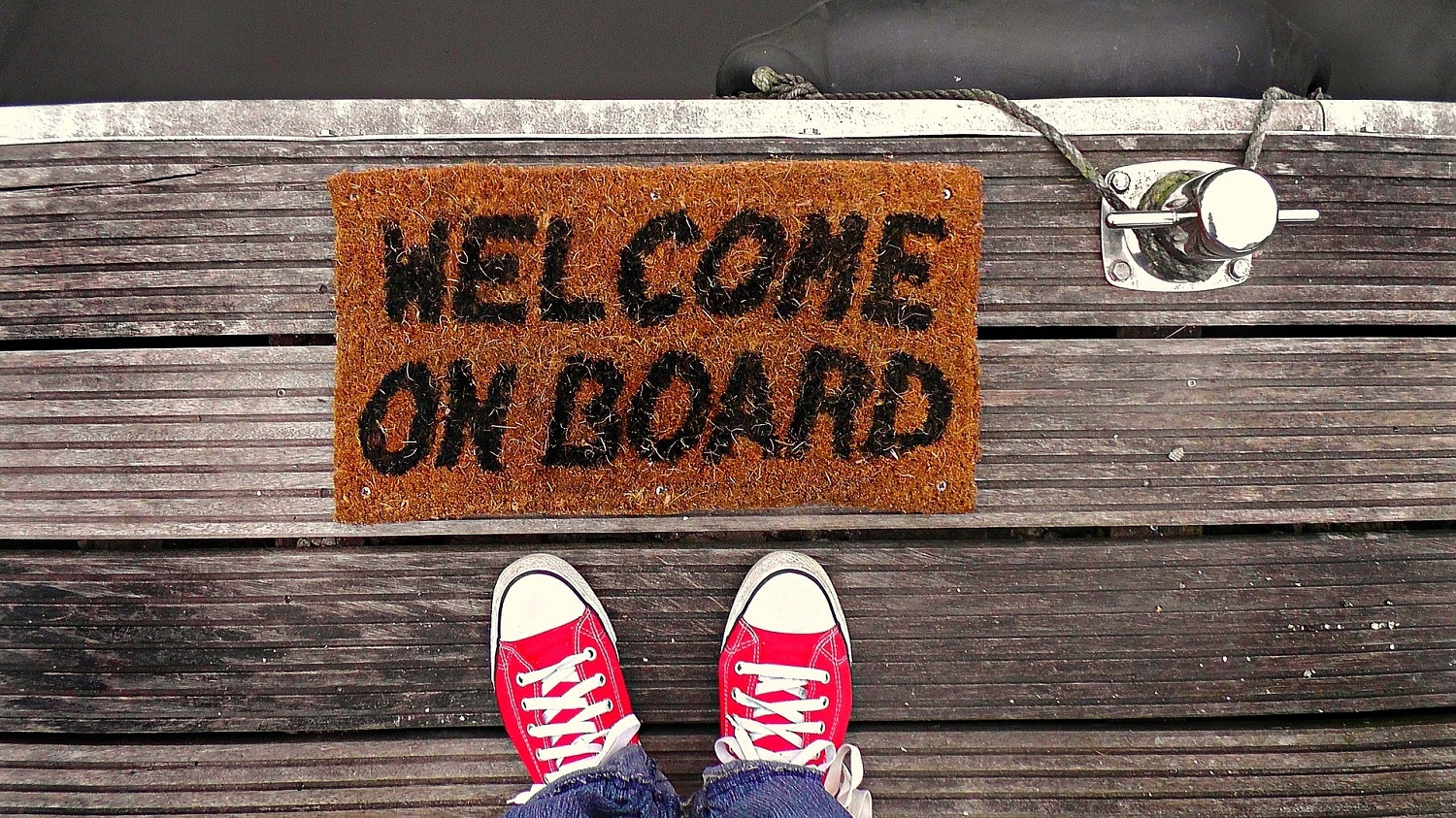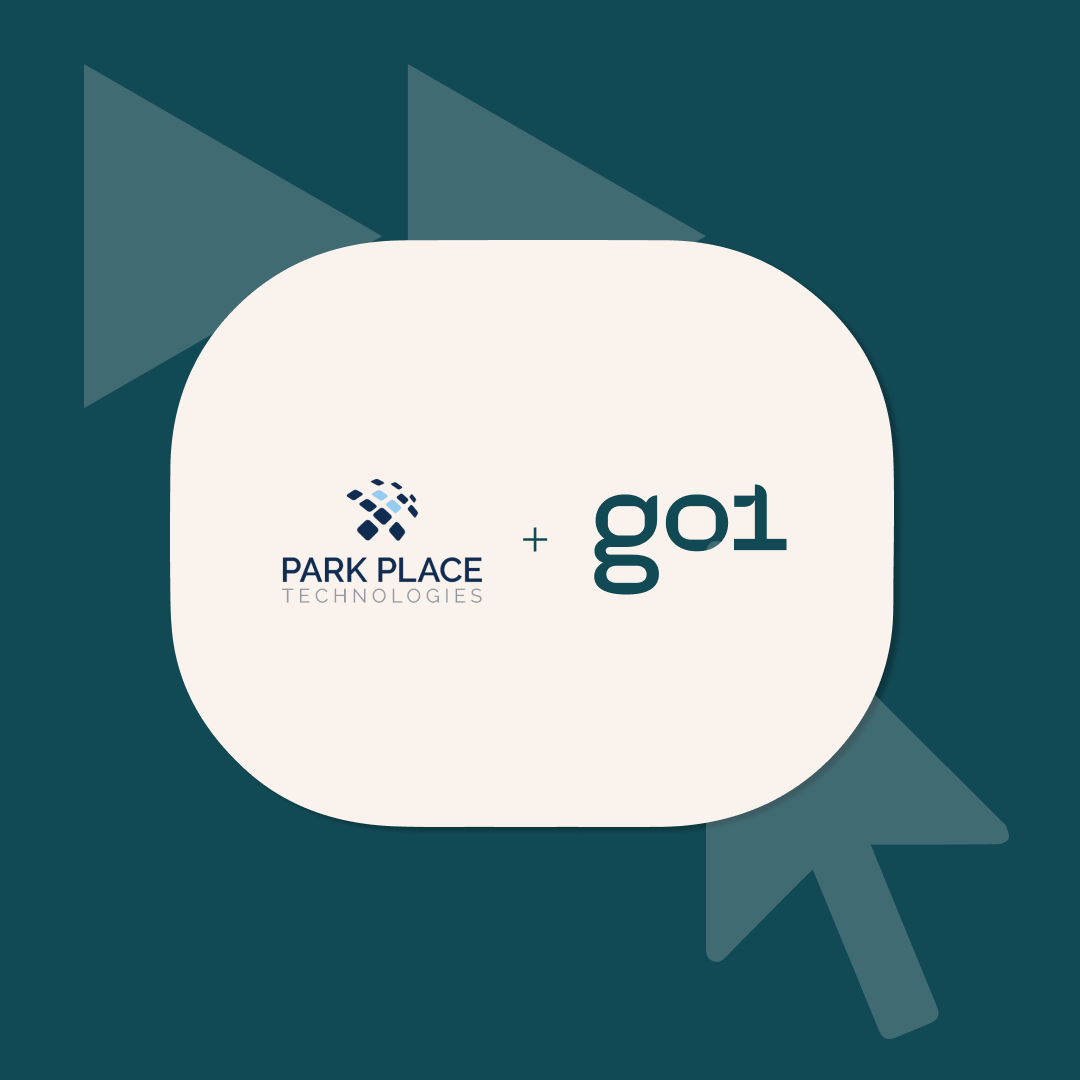
The quality of a company's employees has always been a major factor determining how successful this company will be. In order to have the best employees possible, you have to first hire them and then retain them while your competitors trying to get them to defect.

While attracting top talent has never been the easiest thing in the world, retaining has definitely become the major HR concern for most companies as of lately, especially those in highly competitive fields. The main reason for this is that the employees have been getting less and less loyal which has mostly been caused by the employers themselves, if we are being honest.
Considering that, according to HBR, almost one-third of new employees start looking for other opportunities within the first six months and that it usually takes companies eight months to receive full productivity from their new hires, it becomes painfully obvious that a great onboarding process is a must in the modern world of business.
With an easy and efficient onboarding process, companies can both improve their retention rates and get more productivity from their new hires, especially early on.
In order to achieve this, however, a company needs to know how to do this.
Develop an onboarding strategy
One of the worst things you can do for your company's onboarding process is to try and wing it, hoping that you will stumble upon the winning formula.
At best, it will take you years. At worst, you will never stumble upon it.
Your onboarding process needs to involve a clearly defined approach that can be easily implemented. A big part of this will be developing an onboarding strategy that is more comprehensive than just a day or a week.
The onboarding process should start as soon as the hire is made, continued throughout their first day and few weeks all the way to the first few months. No, onboarding does not end once they have been with you for a month.
A good onboarding strategy will also take into consideration the resources the company has at its disposal, as well as the professionals who will be able to provide insights and help to the new hire. Of course, as part of this strategy, you will also ensure that the management is being involved in the onboarding process as this can truly make a difference.
Utilize technology
One of the best things about New Onboarding is that companies nowadays have a ton of great software that can help them onboard their new hires more easily and efficiently than ever before.
For example, whereas in the past the new hire had to wade through and sign a mountain of paperwork before they even set foot in their new workplace, today this can all be handled with some kind of digital signature software. Other software solution can dramatically cut the time needed to take care of legal and benefits stuff which used to take hours and even days.
Another great technological breakthrough has been learning management systems (LMS) which have made it possible for smaller companies to provide early training and education on par with what only the biggest corporations could afford in the past.
With a comprehensive LMS solution such as Go1, you can come up with the best possible early training system for your new hires, a system that will help them get their bearings in no time. Moreover, you can even start before their first day, sending them short introductory material on your company and their future role.
Thanks to new communication and collaboration software solutions, it is also much easier for managers and higher-ups to stay in the loop when it comes to how their new hire is performing. Furthermore, this allows new hires to ask questions and voice concerns more directly and efficiently.
Make them part of the team
If you really want to onboard your new hire easily, efficiently and successfully, the most important thing will be to make them a true part of the team as quickly as possible.
You can start off welcoming them to the team by sending them a welcome kit once they are hired. This is a great way for them to learn that you care about your new hires strong enough that you will think of them before they even set foot on the company property.
When they come in for their first day, ensure that everyone is pleasant and that they are introduced to their team and their immediate superior. If you as an owner can find the time to take them out to lunch on their first day, this might not be a bad idea.
However, you must never overdo it. Sometimes companies go out of their way to be all chummy and friendly and it comes off as strange, even passive-aggressive. Your new hire knows they are there to work and going all Michael Scott on them can produce the opposite effect in them. For instance, they should be able to do some work on their first day, which would mean hooking them up with all the equipment they need.
There is nothing worse than sitting around for 8 hours, twiddling your thumbs while your new team members are breaking their backs working. Being a member of a team means contributing. If your company uses a staff shift maker, for example, make sure their name appears there on their very first day.
This will let them know they are a true member of a team and it will go further than any pleasantries.
Feedback is everything
The crucial ingredient of every efficient onboarding process will be abundant feedback that goes both ways. Your new hire needs to hear from their immediate superior, their teammates and you as the owner. This does not mean only praises. People want to know if they are doing something wrong. This is the right time to point out their mistakes and to let them know how they can get better. They will not resent you for it. They will welcome the input.
Similarly, they also have to feel free to provide feedback of their own. They need to know that they can come to you or their immediate superiors if they are having troubles with their tasks and responsibilities. If they run into interpersonal problems, they have to feel confident about telling you about this. Encourage them to give you suggestions both about their onboarding process and the company in general.
Closing word
A lot of onboarding comes down to common sense. Put yourself in the shoes of your new hire. What would you like to happen to you when you join a company such as yours? You will find that much (or even everything) of what is mentioned above will be something that you would like to experience when you get a new job.
Establish an inclusive, communicative and tech-enabled onboarding process and before you know it, your retention rates will skyrocket and you will be getting amazing results from people who have worked for you for only a few weeks.
AUTHOR: James D. Burbank has spent almost 20 years in the trade show industry and he has seen companies all over the world treat their new employees in all kinds of ways. With a couple of friends, he runs a business-oriented blog called BizzMarkBlog.




